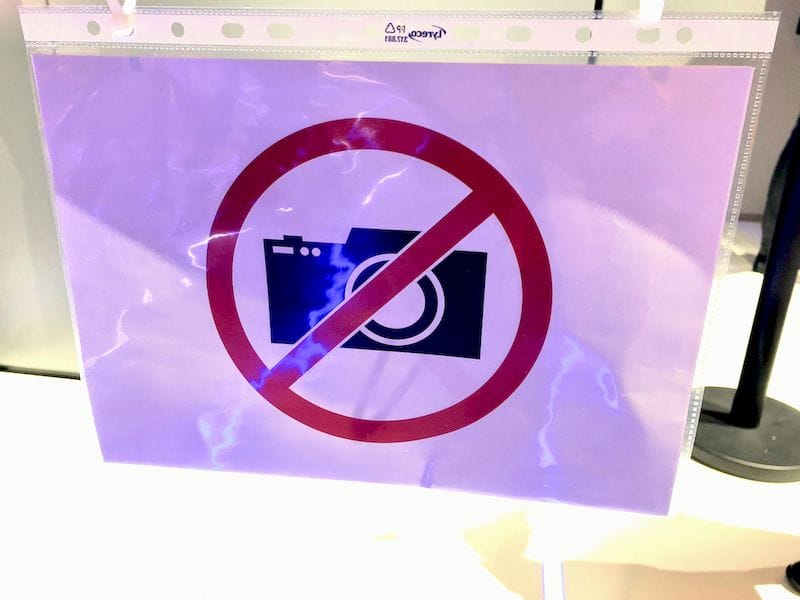
There’s something odd happening with an increasing number of 3D printer companies.
There is a noted increase in the secrecy of new machinery being publicly displayed.
When in the past it was relatively easy to approach a vendor and take a good look at their equipment, and even take images for publication, I’ve seen an increase in the number of manufacturers declining to provide images, or even general information about their equipment.
Sometimes their fear is legitimate. I’ve been told stories – but never observed this myself – of competitors showing up at a trade show and sticking cameras deep inside equipment to take many photos. These, presumably, would be taken into the competitors underground labs for deep analysis and subsequently duplication.
I suppose that could happen, but in the days of patents, I am not sure exactly how a competitor could duplicate equipment. I also don’t understand why a device might be shown publicly without being patented. Competitors may understand the machine a bit better, perhaps, and thus be able to conjure up a slightly better marketing strategy against their competitor. But that is only a temporary situation.
Another fear they may have is that of an unfinished model. Sometimes vendors decide to display publicly a demonstrator, prototype or beta version of some equipment. The idea is that they may somehow change the appearance or features of the actual production version later, and don’t want to mislead anyone. However, responsible publications – and readers – would publish and recognize that unofficial equipment is just that: subject to change.
I don’t feel these reasons are legitimate. If a company decides to publicly exhibit a device, it should be fair game for photography. If people viewing in person can see it, then it is known by the public. If a device is exhibited, isn’t the point that it is to be seen? And publications such as this one can vastly amplify the number of people “seeing” a device.
If there are legitimate concerns about a key portion of a device, perhaps it should not be shown, or even covered up or obscured in some way. But often this is not the case in such situations.
It may be that the recent rapid growth of the industry has made some companies a bit skittish about exposing their secrets, but at the same time more eager to show them off in public. It’s a paradox, most certainly.
Such imagery restrictions are often near impossible to implement in any case at public exhibitions, as there are typically hundreds or thousands of individuals pass by, with anyone able to covertly capture images when no one is looking.
Devices are meant to be sold, and to be sold they must be understood. To be understood they must be seen, and that can be in person, or via images.

